Description
Metalloids in the periodic table are elements that possess a unique blend of metal and non-metal characteristics, occupying a position between these two major categories of elements. Located along the zigzag line that divides metals and non-metals, metalloids include elements like boron, silicon, germanium, arsenic, antimony, and tellurium. These elements are known for their intermediate properties. For instance, metalloids generally have a metallic luster, but unlike metals, they are brittle and not malleable. In terms of electrical conductivity, they are semiconductors, meaning they can conduct electricity better than non-metals but not as well as metals. This makes them extremely valuable in the electronics industry, particularly silicon and germanium, which are essential for making semiconductors and integrated circuits.
Chemically, metalloids can behave as non-metals or metals, depending on the conditions, often forming amphoteric oxides. Their reactivity varies significantly from one metalloid to another and depends greatly on the substances with which they are reacting. The versatility and unique properties of metalloids have made them crucial in various technological advancements, including computer chips, fiber optics, and solar cells. Their position in the periodic table gives them a fascinating chemical and physical nature, bridging the gap between the more clearly defined metals and non-metals.
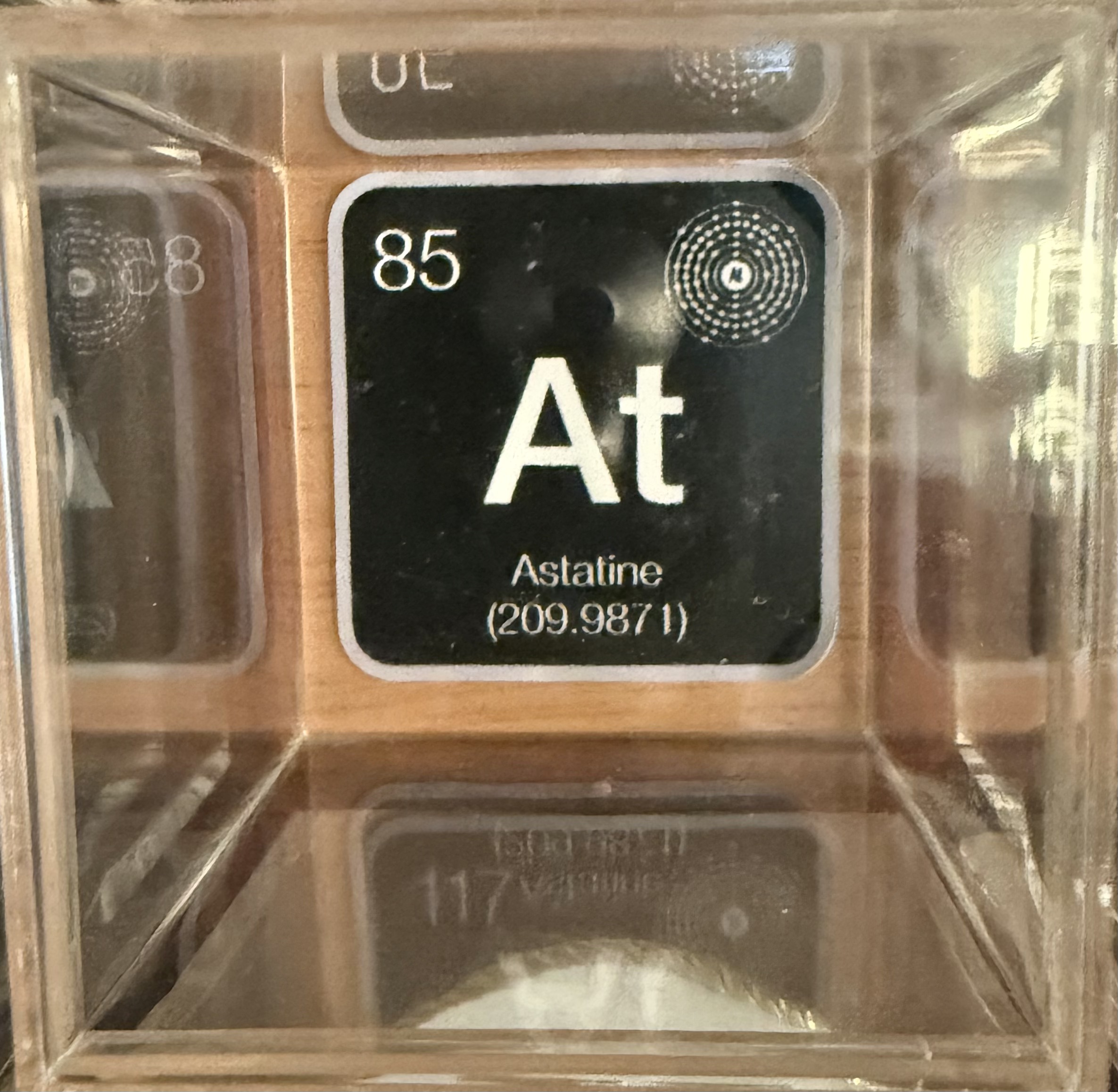
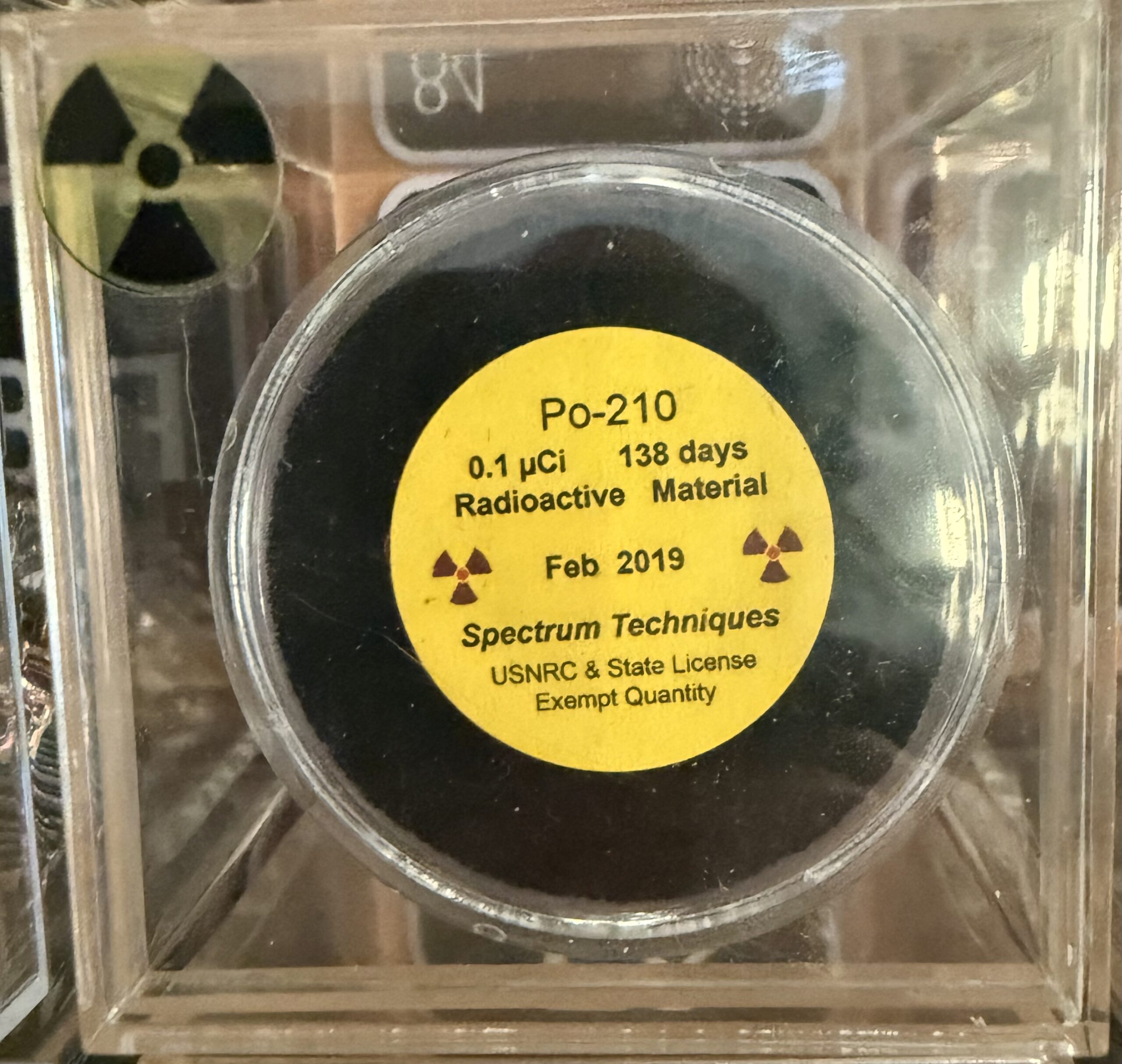
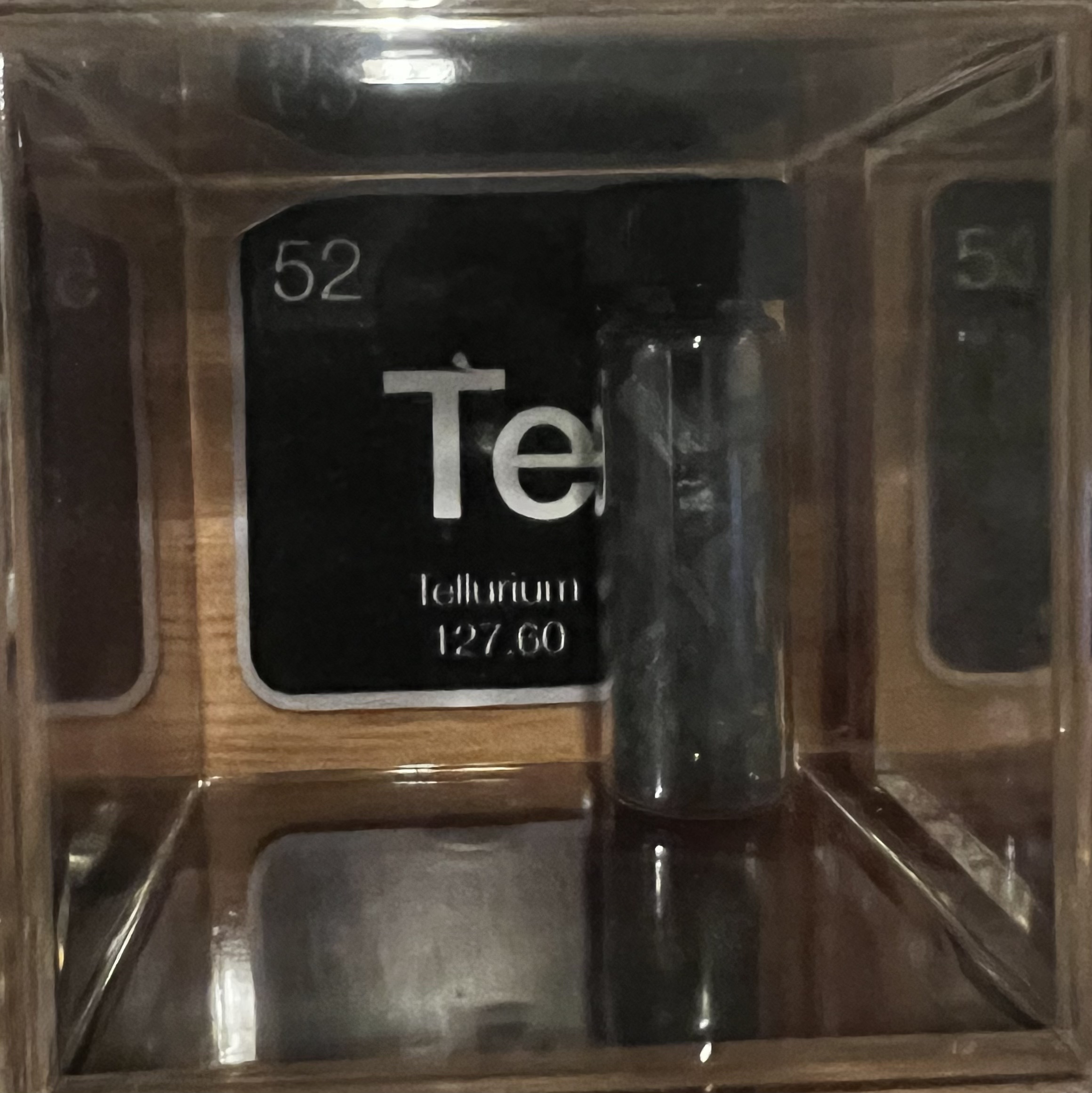


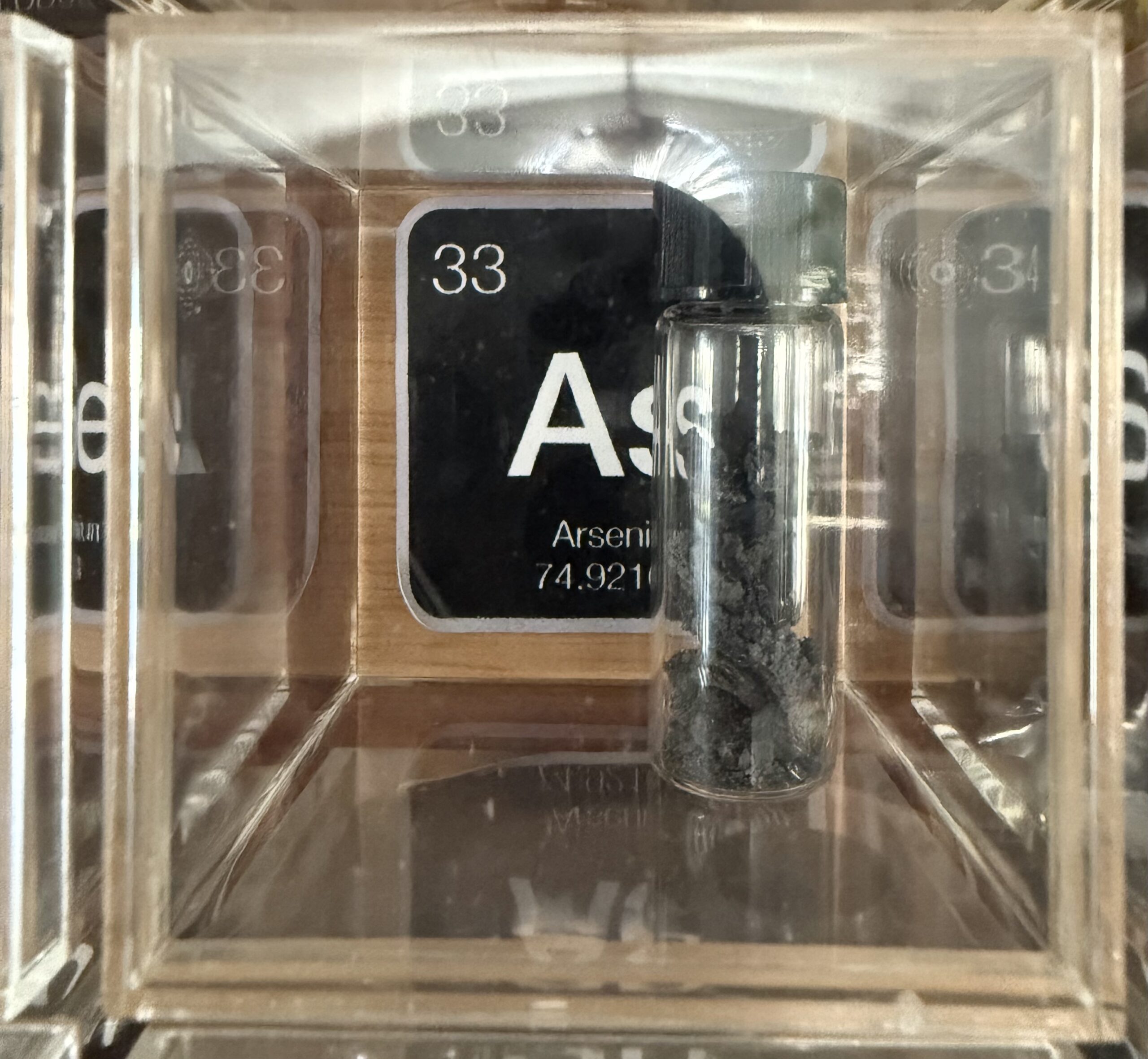

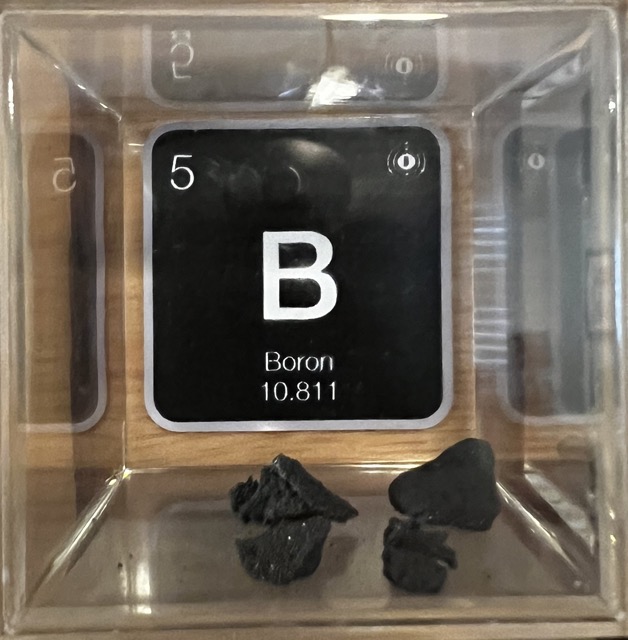
 using WordPress and
using WordPress and